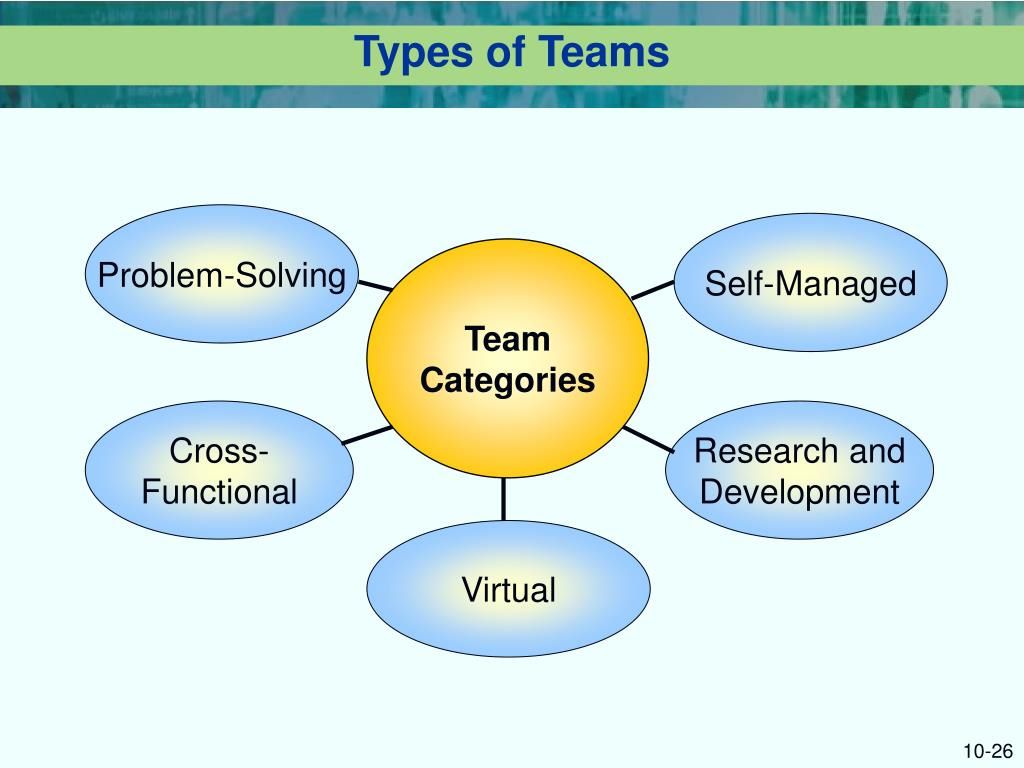Introduction
Building a world-class team is the gold standard of organizational success, especially in our AI-driven world, where your “team” comprises people and machines. Traditionally, a world-class team refers to a group of individuals who collectively demonstrate exceptional skills, expertise, and collaboration that enable them to achieve outstanding results and surpass industry or global standards. However, AI and great advances in Information technology have made it critical to add machines as vital parts of a world-class team

Table of Contents
Excellence is the hallmark of every world-class team
A world-class team doesn’t necessarily need to take the world, but it should take the lead in an industry, country, region, province, or territory. For a team to be world-class, it must lead in innovation, strategic thinking, and sound, modern practices that make it the standard in an industry.
Building a world-class team is more challenging because you will always find someone, a machine, or some company doing what you are doing or are thinking of doing in a better, bigger, cheaper, or more effective way. To be a world-class team, the real challenge, therefore, is how to outdo the others wherever they are.
Today, a world-class team is not just about your people; it is your people plus your AI and other tools, be they structures, processes, systems, IT, or AI. How you mix, match, and align these two core “teams” will determine how long and how strong you lead the pack.
The Gold Standard: How to Build a World-Class Team

- Building a world-class team requires a combination of strategic planning, effective leadership, and a commitment to fostering a culture of excellence. Here are some steps to achieve this:
- Define Clear Objectives: Clearly outline the team’s mission, goals, and expectations. Ensure that every team member understands their role and how it contributes to the overall objectives.
- Recruit Top Talent: Invest time and resources into recruiting the best possible candidates for each role. Look for individuals who not only possess the necessary skills and experience but also align with the team’s values and culture.
- Promote Collaboration: Foster an environment where team members feel comfortable sharing ideas, collaborating on projects, and providing feedback to one another. Encourage open communication and create opportunities for cross-functional teamwork.
- Provide continuous learning: Support the professional development of team members by offering training programs, workshops, and access to resources that help them expand their skills and knowledge. Encourage a culture of lifelong learning and personal growth.
- Set High Standards: Establish high-performance standards and hold team members accountable for meeting them. Encourage a mindset of excellence and continuous improvement, challenging individuals to push beyond their comfort zones and strive for greatness.
- Empower Decision Making: Delegate authority and empower team members to make decisions within their areas of expertise. Trusting your team fosters a sense of ownership and autonomy, which can lead to increased motivation and productivity.
- Celebrate Success: Recognize and celebrate the achievements of the team as a whole, as well as individual contributions. Acknowledge milestones, big and small, and show appreciation for the hard work and dedication of team members.
- Address Challenges Proactively: Be proactive in addressing conflicts, issues, and obstacles that may arise within the team. Encourage open dialogue, seek to understand different perspectives, and work together to find solutions that benefit everyone involved.
- Lead by Example: Lead with integrity, empathy, and a commitment to excellence. Set a positive example for your team through your actions, attitude, and work ethic. Be approachable, supportive, and willing to roll up your sleeves and pitch in when needed.
- Seek Feedback and Adapt: Continuously seek feedback from team members and stakeholders to understand what’s working well and where improvements can be made. Be willing to adapt your strategies, processes, and leadership approach based on this feedback to better support the team’s success.
- By following these steps and fostering a culture of collaboration, continuous learning, and excellence, you can build a world-class team that achieves outstanding results and makes a significant impact.
Why build a world-class team?

Building a world-class team in an organization involves organizing individuals into specialized groups to optimize collaboration and efficiency. The specific number of teams may vary based on the organization’s size, structure, and goals.
Building a great team will take effort, time, and resources and is essential for several compelling reasons:
- Achieving Exceptional Results: A world-class team is positioned to deliver outstanding results and surpass industry or global standards. By assembling individuals with exceptional skills and diverse talents, the team can tackle complex challenges and consistently achieve superior outcomes.
- Competitive Advantage: In today’s competitive business environment, having a world-class team provides a significant competitive advantage. Such teams can innovate, adapt to changes, and consistently deliver high-quality products or services, setting the organization apart from its competitors.
- Innovation and Creativity: World-class teams are often hubs of innovation and creativity. By bringing together individuals with varied perspectives and expertise, these teams can generate groundbreaking ideas and solutions that drive the organization forward.
- Enhanced Problem-Solving: The collective intelligence and diverse skill set of a world-class team enhance its problem-solving capabilities. Complex issues are approached from multiple angles, leading to more comprehensive and effective solutions.
- Adaptability to Change: Building a world-class team ensures that the organization is well-equipped to navigate and adapt to changes in the business landscape. The team’s agility and resilience help the organization stay ahead of industry trends and evolving customer needs.
- Employee Satisfaction and Retention: Working in a world-class team often contributes to a positive work environment. Employees who are part of such teams tend to be more satisfied, engaged, and motivated. This, in turn, increases retention rates and reduces turnover costs.
- Learning and Development: World-class teams foster a culture of continuous learning and development. Team members are motivated to enhance their skills, stay updated on industry trends, and contribute to their professional growth, benefiting both individuals and the organization.
- Leadership Development: Building and leading a world-class team provides leadership opportunities for individuals within the organization. This strengthens the leadership pipeline and ensures that leadership responsibilities are distributed effectively.
- Enhanced Reputation: Organizations with world-class teams often enjoy a strong reputation in the industry. This positive perception can attract top talent, business partners, and customers, contributing to the overall success and sustainability of the organization.
- Customer Satisfaction: A world-class team is better equipped to understand and meet customer needs. The ability to consistently deliver high-quality products or services enhances customer satisfaction, fostering loyalty and positive word-of-mouth.
Leading A World-Class Team

Diversity Management is a major issue in leading a world-class teamThe overall coordination and success of the entire team typically fall under the responsibility of the top leadership within the organization. The individual at the helm of the organization, often referred to as the CEO (Chief Executive Officer) or President, is the primary leader responsible for ensuring that all teams work cohesively towards common goals. This top executive plays a crucial role in providing strategic direction, fostering a positive organizational culture, and making key decisions to drive the success of the entire enterprise.
In addition to the CEO, other members of the executive team, such as the COO (Chief Operating Officer) or CFO (Chief Financial Officer), may also contribute to overall leadership and coordination. The executive leadership collectively sets the vision, establishes priorities, and guides the organization in achieving its objectives.
Leadership at various levels is essential for the success of specific teams. Departmental or functional heads, managers, and team leaders play vital roles in leading and coordinating their respective teams. They ensure that individual teams align with the organization’s overall strategy, communicate effectively, and contribute to the achievement of overarching objectives.
Effective communication, collaboration, and a shared understanding of organizational goals are critical for coordinated success. Leadership at all levels should work together to create a cohesive and supportive environment, encouraging innovation, accountability, and continuous improvement across the entire organization.
Types of Teams in Organizations

Building a world-class team in an organization involves organizing individuals into specialized groups to optimize collaboration and efficiency. The specific number of teams may vary based on the organization’s size, structure, and goals. However, there’s a broad list of teams that could be identified:
- Executive Team: Comprising top-level executives responsible for overall strategic direction and decision-making.
- Leadership Team: including department heads or leaders overseeing various functional areas within the organization.
- Management Teams: At the middle management level, they are responsible for implementing strategies and managing day-to-day operations within specific departments.
- Product Development Team: Focused on creating and improving products or services.
- Marketing Team: Responsible for developing and implementing marketing strategies to promote the organization.
- Sales Team: Focused on selling products or services to clients or customers.
- Customer Support Team: Providing assistance and support to customers before, during, and after a purchase.
- Research and Development Team: Engaged in innovation and the creation of new products or services.
- Human Resources Team: Managing personnel matters, recruitment, training, and employee relations.
- Finance Team: Handling financial planning, budgeting, accounting, and financial reporting.
- Information Technology Team: Managing the organization’s technology infrastructure and systems.
- Operations Team: Overseeing day-to-day operational activities to ensure smooth business processes.
- Quality Assurance/Quality Control Team: Ensuring that products or services meet established quality standards.
- Project Teams: Formed for specific projects, bringing together individuals with diverse skills for a common objective.
- Cross-Functional Teams: Comprising members from different departments to address complex issues or projects.
- Innovation Team: Focused on driving and implementing innovative ideas and practices.
- Training and Development Team: Providing ongoing training and professional development opportunities for employees.
- Diversity and Inclusion Team: Promoting diversity and inclusion within the organization.
- Communication Team: Responsible for internal and external communication strategies.
- Legal Team: Handling legal matters, contracts, and compliance.
The actual number of teams may vary based on the organization’s specific needs and industry. The key is to align team structures with the organization’s goals and ensure effective communication and collaboration among team members.
Conclusion
Diversity Management is extremely critical when building a world-class team because cultures and dispensations differ. Leaders must understand that teams today mean people, processes, and technology. Knowing how to mix and match these factors optimally will lead to organizational success



